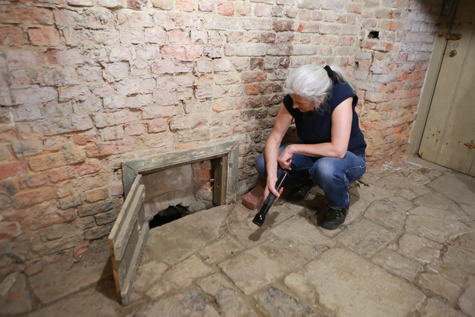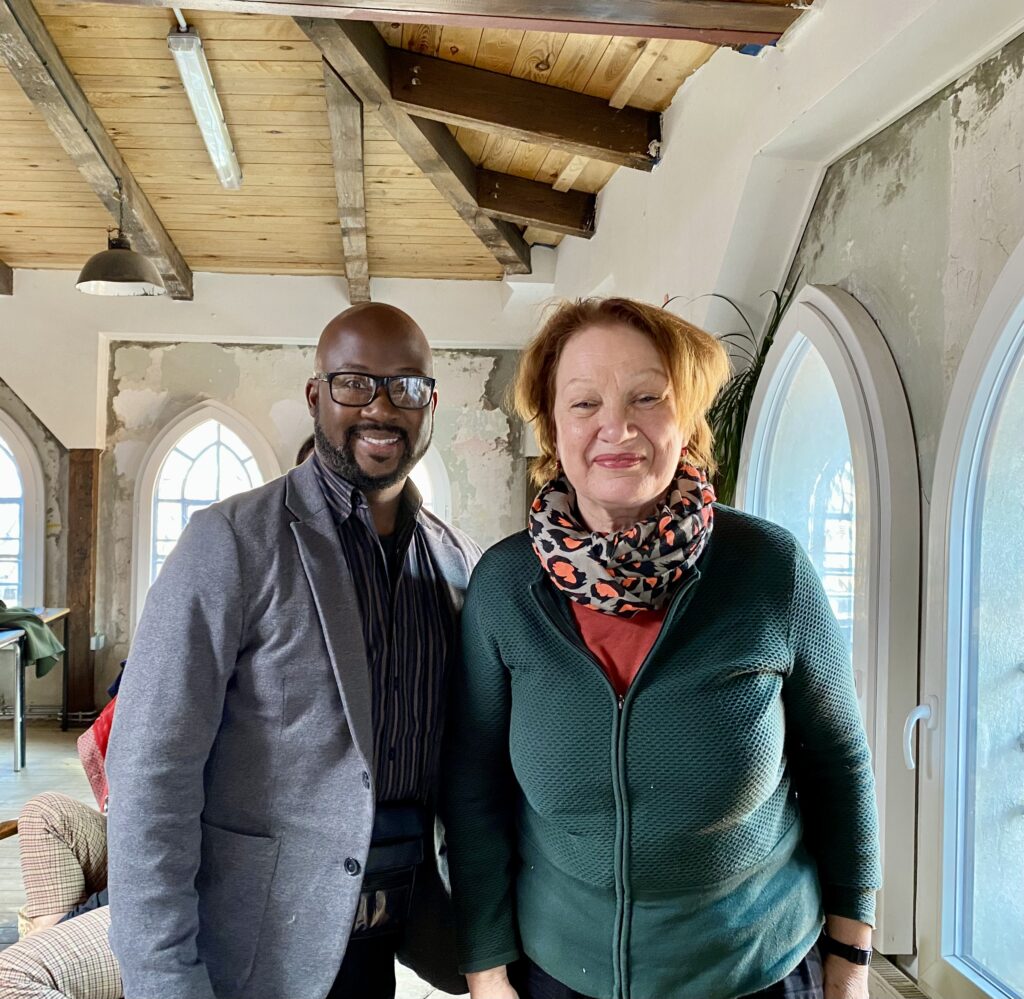By Shawna Alston, Summer 2022-2023 Charles Center Incubator Research Student
Archival research is a fully involved, tedious effort usually begun in an attempt to find something elusive or undiscovered. Deciding to embark on the journey of exploring university, local, or private archives requires a research question worth the effort, I asked myself, “what’s worth knowing, and more importantly, what’s so worth knowing that I should decide to tame the beast that is Special Collections under renovation and the Flat Hat digital archive?”

After discussions with Drs. Jody Allen, Sarah Thomas, and Robyn Schroder, I had first decided to reinvigorate the research I had done last summer with the Lemon Project and attempt to make new connections or discoveries. I spent seven weeks last summer connecting physical campus landmarks with their disembodied laborers, or, who built what; when, where, and why, and for how much? I focused solely on the time right before, during, and directly after the Great Depression, during which much of campus was erected. I found myself barely engaging with The Archives last summer, as most of my research existed in easily accessible, public domains. I was able to seamlessly pull a research project together with the literature provided by the Lemon Project and the financial records and campus maps I got from my one visit to Special Collections. My product, an interactive StoryMap, detailed my research and potential caveats for future research.
Before my exploration into the archive, I had settled on the research topic of Black performance culture on a campus where Black students had yet been granted permission to attend, meaning William & Mary’s campus before 1969, when the first Black undergraduate students in residence arrived. Simply put, think Chitlin Circuit meets William & Mary. I wanted to know who was asked to perform, why, and who was allowed to attend these performances. More broadly, I wanted to (see if I could) connect these performances and the culture surrounding them to the afterlife of minstrelsy and minstrel theater. On top of this, I was tasked with combing through the digital archive of William & Mary’s premier newspaper, The Flat Hat.
With this experience under my belt, I knew that my research journeys this summer would pose no real challenge. I had this idea that archival research is a lot like “book” research, or reading things, making inferences, and drawing conclusions. I was wrong, but not because I lacked work ethic or proper motivation, but because The Archive, or the collection of written record and evidence of existence, is a segregated institution.
With a goal in mind and a resource in hand, I began what I thought was going to be an easily curated research project. I set abstract time boundaries, from 1915 to 1945, and began perusing The Flat Hat for any evidence of a Black musical performer/performance group. Ask me what I found…no, go ahead…ask. Nothing. I spent about a week keyword searching The Flat Hat and combing through every released issue between the aforementioned dates. I found nothing. I scheduled an appointment with Special Collections and spent hours combing through boxes of old photographs, programs for on-campus productions, costume sketches, and student organization archived files; anything you could think of, I went through it. And yet, nothing. I spent the following weeks shifting the boundaries of my time period and repeating the process as the previous week. And still, I found nothing.
My research teammate, Fatoumata Sissoko, was responsible for combing through The Colonial Echo archives and everything I was looking for, she found. I had shifted my time period from 1915-1945 to 1960-1975, and Fata had found a well of information in a few snapshots in The Colonial Echo. Below is the list, in chronological order, of Black performers who visited the campus between 1960-1975:
| 1966 |
| The Shirelles performed (70) |
| 1967 |
| Chuck Berry performed for Homecoming (21, and another page) |
| Mention of Dionne Warwick and the Four Tops insinuating they also visited and performed (21) |
| 1968 |
| The Drifters performed for Homecoming (41) |
| Wilson Pickett performed for Homecoming (41) |
| 1970 |
| Martha and the Vandellas perform for Homecoming concert (33) |
| The Impressions perform for the Spring Finals formal (39) |
| 1974 |
| Taj Mahal- musical artist (56) |
| Black culture week (103) |
| Guests include James Brown and African dance group (57) |
| 1975 |
| Sly Stone (188) |
| The Platters (208) |
| Jackson Five canceled because of low tickets sales (209) |
| George Macrae performed (209) |
| BSO pages (290) |
This information was the most useful information I had discovered in all of my research endeavors, so my next goal was cross-referencing this information with anything I could find in The Flat Hat digital archive. I went through each of these respective years in The Flat Hat archive and tried to find even the slightest detail, like a time or place, or a review of the show. I found nothing. I cross-referenced and cross-referenced and cross-referenced and found…nothing. Nothing for big names like Dionne Warwick or James Brown or Chuck Berry. I looked and searched and looked and searched and the only thing I found were advertisements for Roses or alumni run beer companies.
This frustrated me to know end. If The Colonial Echo has proof that these things exist, why doesn’t The Flat Hat? Why doesn’t The Flat Hat have any proof of Black life beyond Duke Ellington coming to visit in 1959? I was faced with the discovery of undiscovery and what that says about the sociopolitical climate of campus at the time and how that was reflected in how history was recorded. I was faced with no findings as my findings. What I didn’t find says so much more than what I could’ve found.
A larger conversation about the institution of the Archive and its anti-Blackness and segregation is a conversation that I’m willing to have. Going forward, my plan is to engage critical scholarship on the anti-Blackness of recorded history, and more specifically, whose history gets to be recorded, and who gets to be remembered.
Comments closed














